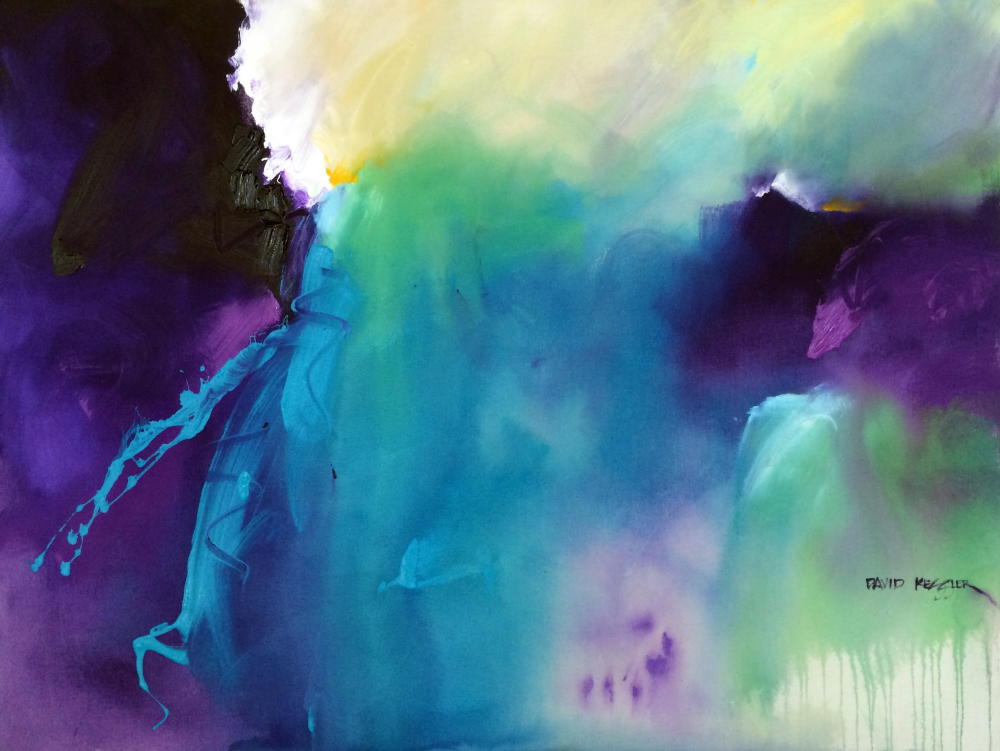Don't "Photo-Copy" Your Next Painting
/As artists we sometimes get into a rut using photographs from which to create our work. Photographs are easy because the image they contain is right in front of us. I find that nearly all beginning students completely rely on the image in the photograph as their composition - this is what I refer to as "photo-copying". This is not necessarily their fault because no one has ever taught them about the principles of design and how to utilize those principles to develop a composition. The design of the painting is really more important than the production quality of the finished work. The design is as much the "art" of a piece as the production.
Copyrights Are An Issue. Although we may not think about it, all published photographs are copyrighted. So if you are using a published photograph as your inspiration and find yourself "photo-copying" it, you are infringing on someone's copyright of that work. Two very public examples of this have arisen over the last year. The most famous was the artist who used an Associated Press copyrighted photograph from which to make a campaign poster of former President Obama. Both the Associated Press and the photographer have sued the artist. The second example is that of the artist who received the Gold Medal of Honor from the American Watercolor Society in 2008. The AWS Gold Medal of Honor is the highest award given each year to the best painting in the Annual International Exhibit. After the medal winner was announced, people contacted the AWS to say that the chosen painting was indeed copied from a published photograph, thereby violating the prospectus requirements as well as infringing on the copyright of the photographer. The artist was subsequently stripped of the award.
The Camera Can Lie. The camera does not compose, it only records what is there - and usually in a spatially distorted format. The photographer (which may have been you!) may have composed a good photograph, but does that equate to a good painting? Probably not. If you are "photo-copying" you are settling for the subject as the camera sees it, or as the photographer saw it, not as you see it. As artist Frank Webb says, "don't simply paint what is, paint what could be."
Utilize The Principles of Design. In my own work I try to utilize the principles of design as I have learned them: Line, Shape, Color, Value, and Center of Interest. There are other principles that can be added, but I believe these to be the five basics.
I use photographs (not published) only as a place to begin my composition; a spark for inspiration; a look or color or feeling. From that spark I use my sense of design to compose a scene that helps to express what I feel about the subject matter and shows how I want to communicate the subject to others.
Don't Just Document - Express Yourself. Generally my intent is to express my joy of the subject I am painting; to communicate my impressions of the scene, the place, the subject. When students show me a photograph that they wish to paint, my first question is "what do you like about it?" This question helps them to really think about why they chose the photograph. We paint what we like, that is one thing that is so great about the freedom of art. But we have to know what it is we like so we can express the joy of the subject to others. What the student likes about the photograph is usually something that a design can be built around.
Ask Yourself Some Questions. The next time you are looking at a photograph for inspiration, ask yourself some questions:
- What do you like about the scene?
- How can you communicate your view of it?
- How can you best express your feelings about it to others?
- How can you best use design principles and your skill as an artist to develop a good composition that tells a story and creates a new reality?
I hope this information is helpful to those of you who paint. If you would like to learn to be more expressive in your painting then join me at a painting workshop, or join my online course.


